The Herald-Tribune
by GAYLE WILLIAMS
Ariel Quartet brings spirit to Beethoven Cycle
The Ariel String Quartet brings a unique and intensely courageous spirit to the second in a series of six concerts presenting the entire cycle of Beethoven’s string quartets this season in Sarasota. This is the first time they will have completed the cycle — all before the members reach their 30th birthdays.
As they launched into the String Quartet No. 2 in G major, Op. 18, No. 2 circa 1799, we couldn’t help but be influenced by the bright-eyed eagerness of the still youthful musicians.
Alexandra Kazovsky, playing the first violin part, was unceasingly engaged with her partners on stage as she ensured absolute agreement on their often feather-light entrances. Second violinist Gershon Gerchikov, violist Jan Grüning and cellist Amit Even-Tov maintained their part of the musical conversation, like friendly companions chatting at dinner.
This quartet’s first movement followed the classical conventions of Haydn and Mozart, and it was not until the second movement Adagio that Beethoven reveal his real personality with chaotic bursts in what would seem to be an otherwise delicate ornamented nicety. The Scherzo brought jabbing elbows in a flurry of aggressive fragments tossed about the ensemble. By the final Allegro molto, quasi Presto, too much wine has been consumed at this dinner and no one is playing safe. It was not just the speed, but the musicians threw themselves whole heartedly into the fray pushing the boundaries of dynamics and expression. And that was early Beethoven.
The Quartet No. 9 in C major, Op. 59, No. 3 from 1806 shows Beethoven at the height of his popularity. The Ariel Quartet again courageously flung themselves at every Romantic gesture packing more expression into one note than one can imagine. In contrast to the earlier quartet in which the violins risked sounding too thin to achieve a classical demeanor, they pushed forward with a full-bodied sonority creating shadows, moods and eerie effects.
As has been noted, this hall provides the perfect acoustic for a rich chamber music experience. The musicians don’t need to push to project and can expand their range from the single silk strand of tone to a beefy behemoth of texture, very soft to very loud.
While Beethoven had his own way with the Menuetto adding bold surges and mood swings, the Ariel Quartet followed that with the Allegro molto at an astonishing tempo. This was a propulsive thrill ride that heightened its tension repeatedly, as well as any listener's heart rate.
Breathless, we returned after the pause to Quartet No. 17, Op. 135 completed in 1826, five months before the composer’s death. One imagines it was nearly incomprehensible to contemporary ears, and it’s still an esoteric experience today.
Gerchikov, the first violinist for this work, provided a more somber lead. Moving from elegiac to skittering, chaotic and often "ugly" utterances, each movement seemed to pose a late life debate with fate. Again, with a musical maturity surely rare for any age, the Ariel Quartet presented an astounding performance. We won’t want to miss any of the four remaining concerts in this Beethoven cycle.

